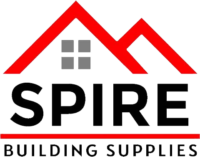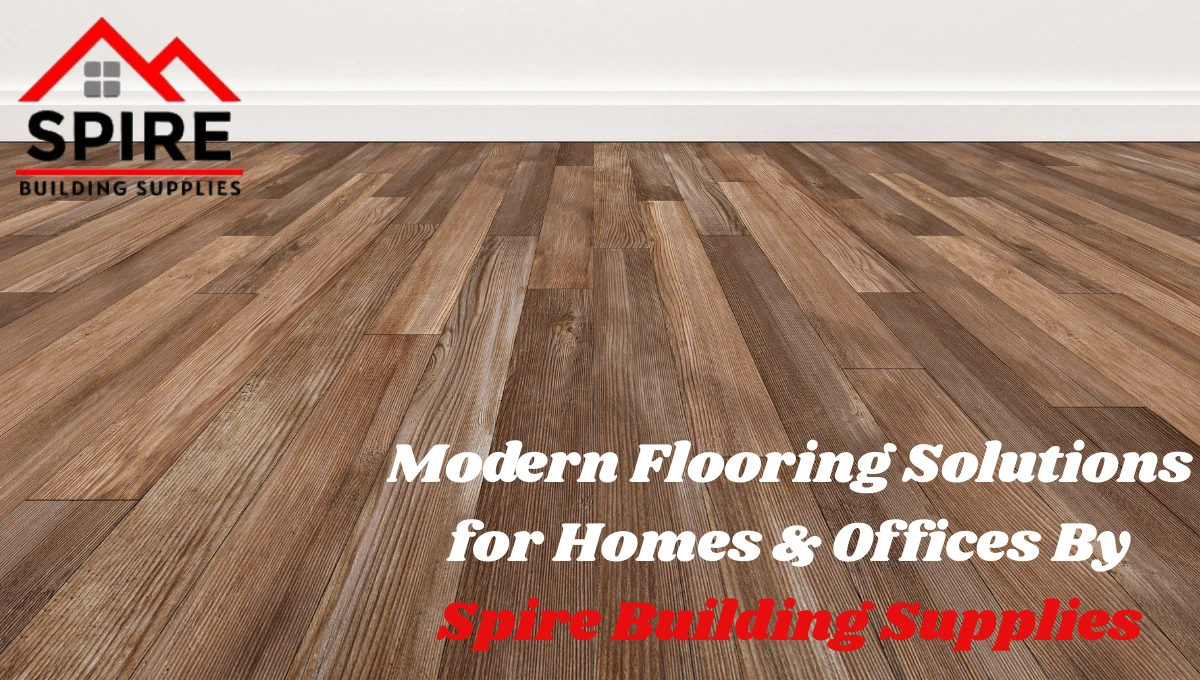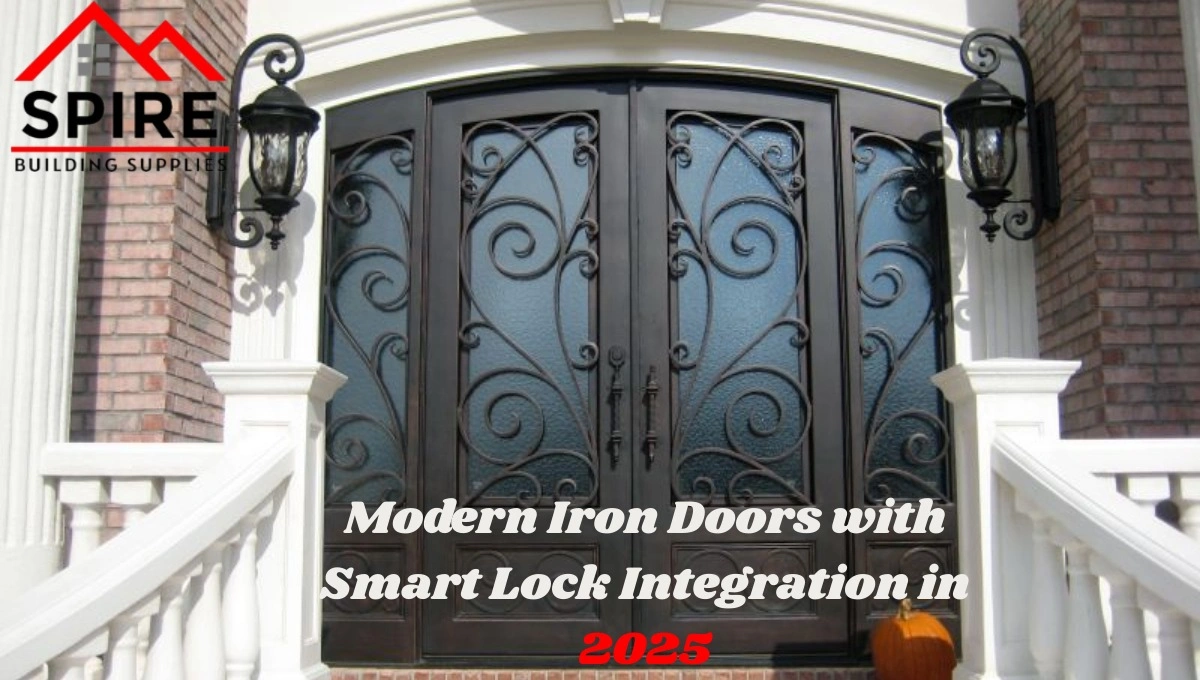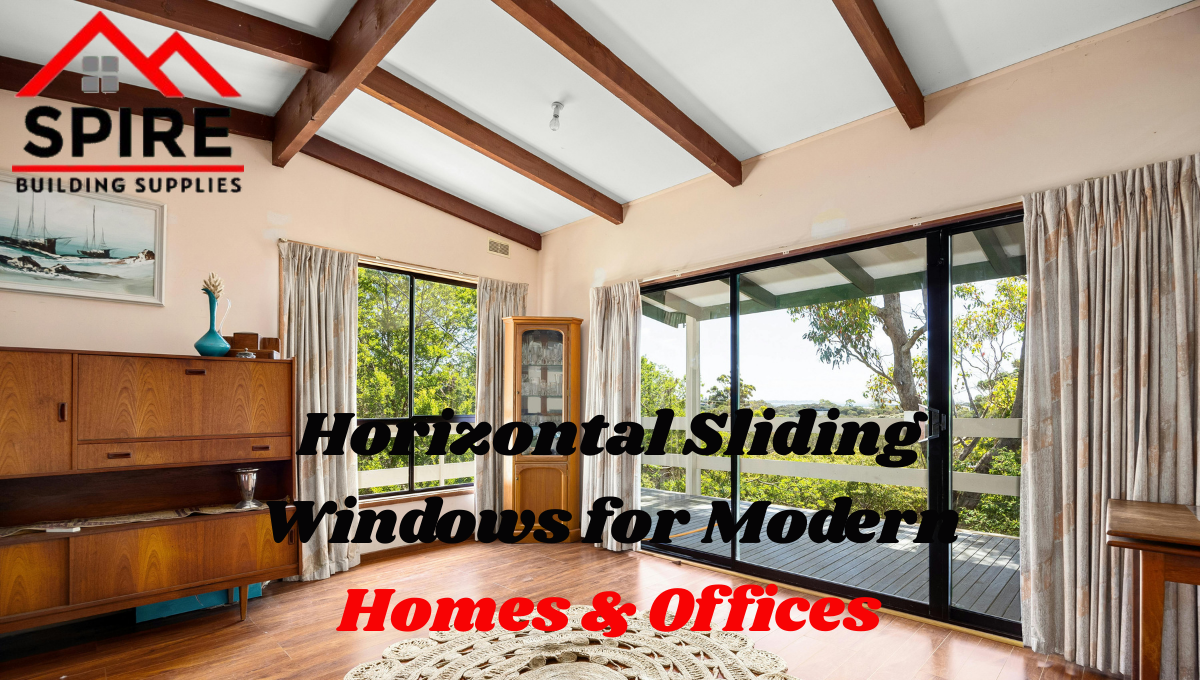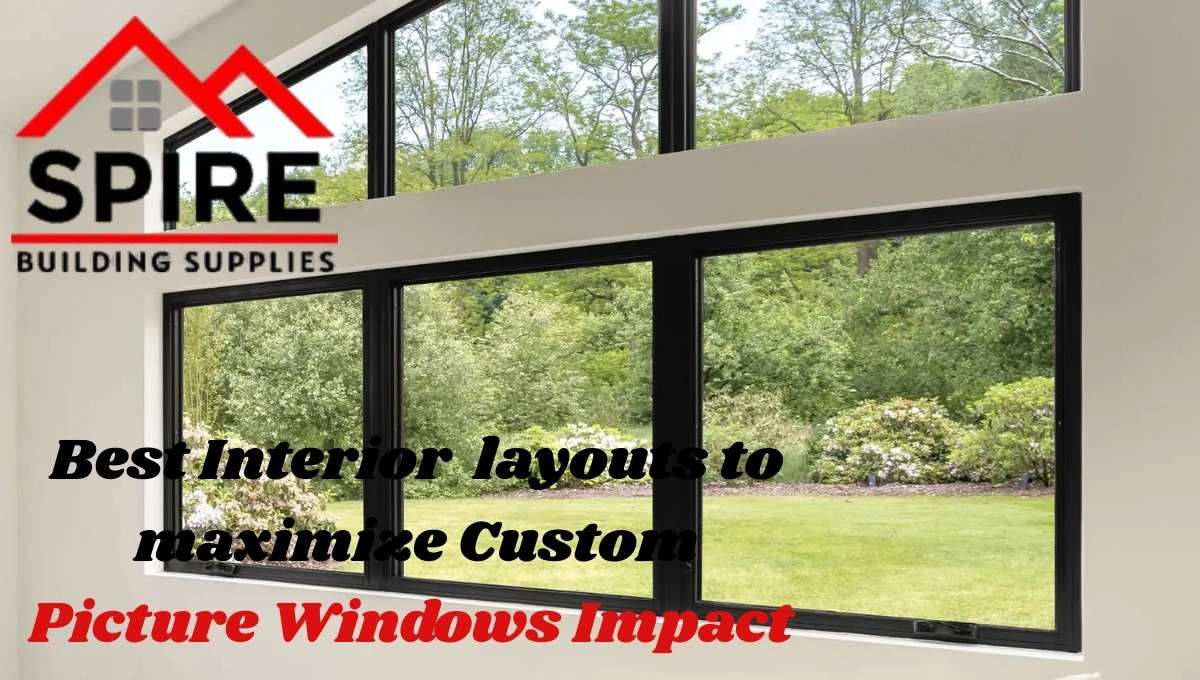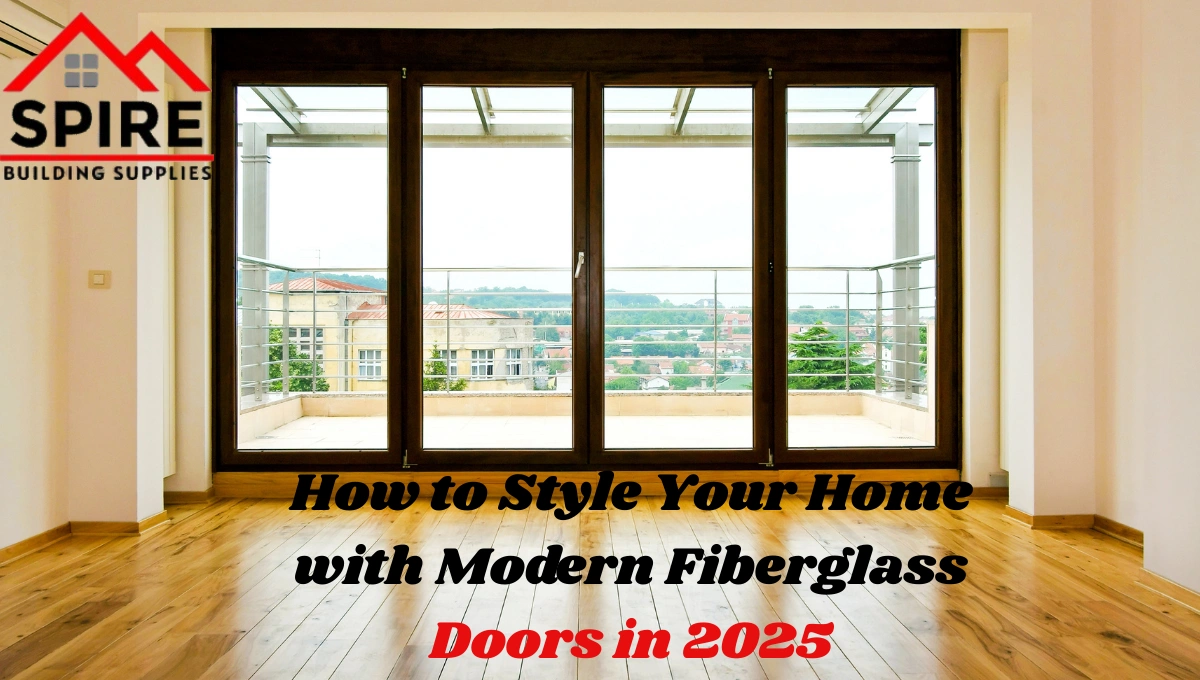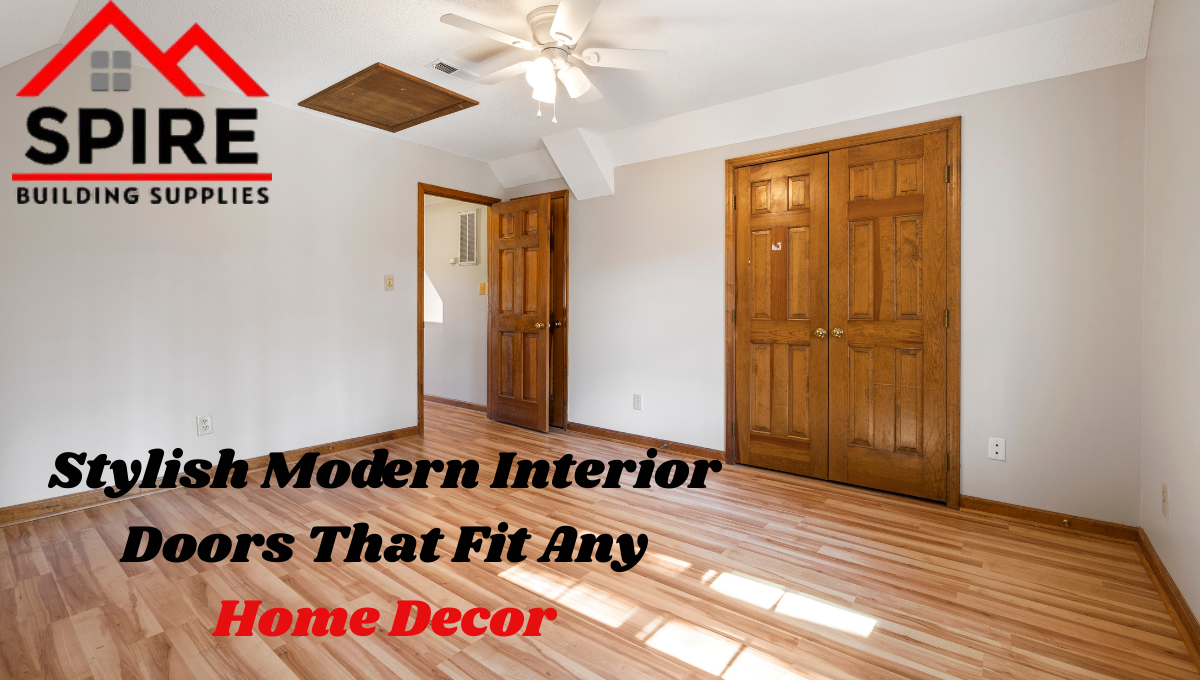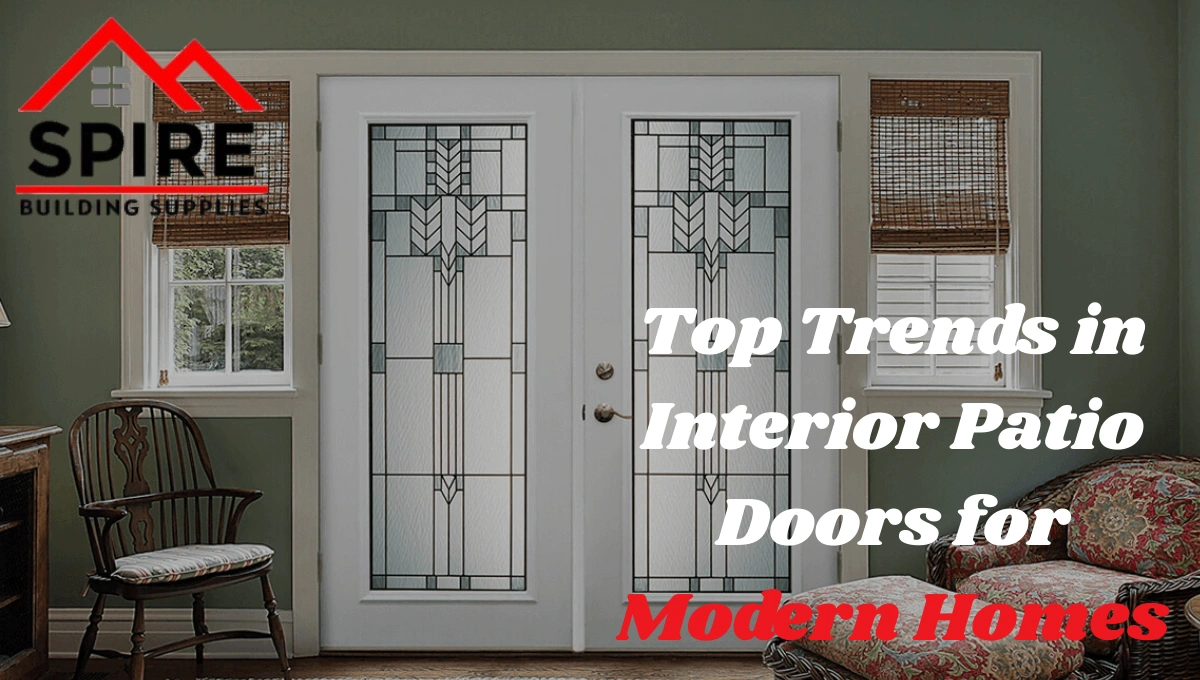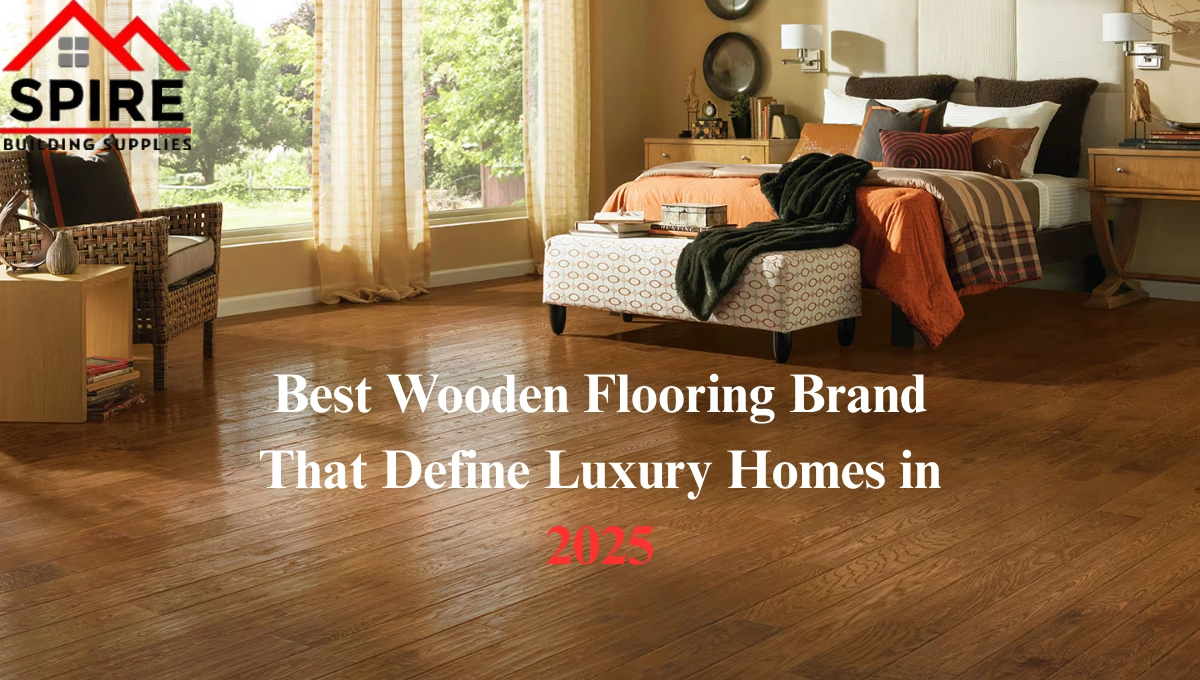Modern Flooring Solutions for Homes & Offices by Spire Building Supplies
When it comes to upgrading interiors, choosing the right modern flooring can completely transform the look and feel of your space. At Spire Building Supplies, we provide premium flooring solutions designed for both homes and offices. With a wide selection that includes Amber Escape Luxury Vinyl Tile and Plank 6 mm – Flooring, MOHAWK BRAND VINYL CLICK-DOWN, and Discovery Ridge Luxury Vinyl Tile and Plank 4.5 mm, our goal is to offer you high-quality floors that combine durability, style, and comfort. Whether you need the best wooden flooring for a warm living room or flooring for cold areas that ensures comfort year-round, we have something for every taste and budget.
Why Choose Modern Flooring from Spire Building Supplies?
Selecting flooring is one of the most important decisions you’ll make when designing or renovating a space. Your floor sets the tone for the entire interior, and that’s why our customers trust us to deliver only reliable, lasting options. Here’s what makes us stand out:
- Trusted Selection: From luxury vinyl plank flooring to wooden styles, we carefully choose products that meet high performance standards.
- Home & Office Ready: Our range fits residential comfort and commercial durability.
- Variety of Styles: Modern, rustic, or classic, we have styles to match your vision.
- Easy Maintenance: Most of our floors are designed for simple cleaning and long-term use.
By combining stylish designs with dependable quality, we help you find flooring that not only looks beautiful but also supports everyday life.
Explore Our Range of Modern Flooring Options
Our collection is designed to give you flexibility, whether you’re after a sleek office setup or a cosy home environment.
Luxury Vinyl Tile and Plank Flooring
Luxury vinyl is one of today’s most popular choices because of its resilience, style variety, and comfort underfoot. At Spire Building Supplies, you can explore options such as:
Amber Escape Luxury Vinyl Tile And Plank 6 mm – Flooring
The Amber Escape Luxury Vinyl Tile and Plank 6 mm – Flooring is a modern choice that offers a sleek finish and dependable strength. It is designed to fit seamlessly into both home and office interiors, giving you the perfect balance of style and durability. With its comfortable feel underfoot and versatile design, it’s an excellent option for anyone looking to refresh their space with a contemporary flooring solution.
Discovery Ridge Luxury Vinyl Tile and Plank 4.5 mm
For those who want durability without compromising on style, the Discovery Ridge Luxury Vinyl Tile and Plank 4.5 mm is a standout option. It replicates the look of natural flooring while delivering long-lasting performance, making it ideal for busy areas of the home or workplace. With its reliable construction, this flooring not only enhances the overall look of your interiors but also provides resilience against daily wear and tear.
MOHAWK BRAND VINYL CLICK-DOWN
The MOHAWK BRAND VINYL CLICK-DOWN is a trusted solution for those who want flooring that combines convenience with longevity. Known for its easy installation system, this flooring allows you to achieve a professional finish without the hassle. It delivers impressive durability and a timeless appearance, making it suitable for both modern homes and professional office environments where quality and performance matter most.
These floors are not only stylish but also water-resistant, making them ideal for kitchens, bathrooms, and offices.
Best Wooden Flooring Options
For those who prefer a natural and timeless look, our best wooden flooring collection adds warmth and sophistication to any space. Wooden floors create a welcoming environment while enhancing property value. With our range, you can enjoy both modern finishes and traditional designs.
Flooring for Cold Areas
If you live or work in a region where winters can be tough, choosing the right flooring makes all the difference. Our flooring for cold areas is designed to retain warmth, reduce chill underfoot, and provide insulation. Options like luxury vinyl planks and engineered wood work perfectly to maintain comfort in colder climates.
Benefits of Modern Flooring
Choosing modern flooring comes with several advantages:
- Stylish Appearance: Designed to complement both contemporary and traditional interiors.
- Durability: Built to withstand daily foot traffic in homes and offices.
- Comfort: Options available that provide softness and warmth underfoot.
- Easy Installation: Many of our floors, like MOHAWK BRAND VINYL CLICK-DOWN, offer quick setup.
- Value for Money: With long-lasting quality, your investment goes further.
By selecting from our range, you’re ensuring a balance between beauty and practicality.
Why Spire Building Supplies is the Trusted Choice
Customers rely on Spire Building Supplies because we focus on delivering reliable flooring solutions backed by experience and commitment to quality. Our team ensures every product listed, whether luxury Vinyl plank flooring or wooden alternatives, meets the expectations of modern households and businesses.
We believe flooring isn’t just about design—it’s about comfort, usability, and long-term value. That’s why people across the region choose us as their go-to partner for flooring solutions.
Frequently Asked Questions (FAQs)
1. What is the best type of modern flooring for high-traffic areas?
Luxury vinyl plank flooring is one of the best choices for high-traffic areas. It’s durable, scratch-resistant, and easy to maintain, making it suitable for busy homes and offices.
2. Is wooden flooring a good option for offices?
Yes, wooden flooring works well in offices where you want to create a professional yet inviting look. Engineered wood or high-quality hardwood provides a stylish finish with long-lasting performance.
3. Can luxury vinyl flooring be installed in cold areas?
Absolutely. Luxury vinyl planks are designed to stay comfortable underfoot and can be combined with underfloor heating, making them an excellent choice for colder climates.
4. Why should I choose Spire Building Supplies for modern flooring?
We provide a wide range of modern flooring options, including top brands like MOHAWK and versatile products like Amber Escape and Discovery Ridge. Customers trust us because we focus on quality, comfort, and reliable service.
Upgrade Your Space with Modern Flooring Today
Your floors are more than just surfaces; they shape the entire look and feel of your interior. Whether you’re drawn to the elegance of wood or the practicality of vinyl, Spire Building Supplies has the perfect solution. Explore our collection today and find the right modern flooring for your home or office.
For Modern Iron Doors Please Visit Here: Modern Iron Doors with Smart Lock Integration in 2025
